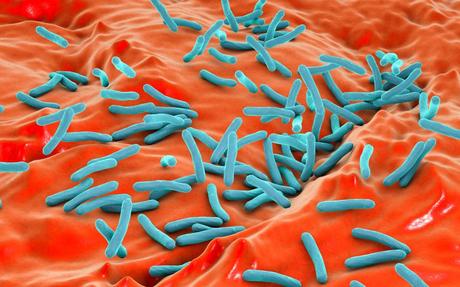
Laboratory leaks and accidents have risen by 50 percent in Britain since the outbreak of Covid-19, a study by The Telegraph has found.
Freedom of information requests to all UK universities, government research agencies and the Health and Safety Executive (HSE) reveal that dozens of dangerous viruses and bacteria, including anthrax, rabies and Mers (the Middle East respiratory syndrome), are close to large populations are being stockpiled, potentially putting civilians at risk.
Laboratory accidents over the past decade have included a University of York employee being pricked with a needle used to infect mice with the parasite Leishmania donovani.
At a former Public Health England (PHE) laboratory at Heartlands Hospital in Birmingham, a worker was pricked with a needle containing HIV, human T-cell lymphotropic virus type 2 and Candida albicans.
In the same laboratory, an emergency contamination was conducted after a worker dropped plates of Mycobacterium tuberculosis, the bug responsible for tuberculosis.
Between January 2010 and December 2019, the HSE recorded 286 incidents or near misses, approximately 28 per year.
But since January 2020, there have been 156 reports, about 42 per year, an increase of 50 percent.
The HSE, which had to be threatened with contempt of court by the Information Commissioner's Office before releasing the data, said it could not release full details of the incidents because some of the biological agents involved are listed in the Terrorism Act.
There are growing concerns that Covid-19 is leaking from a laboratory in Wuhan, China.
The first cases occurred just eight miles from the Wuhan Institute of Virology (WIV), where scientists had been experimenting with Sars-like coronaviruses.
Earlier this year, a US Senate report on the origins concluded that evidence pointed to an "unintentional research-related incident," and the US recently stripped the WIV of its funding for conducting dangerous experiments on coronaviruses before the pandemic.
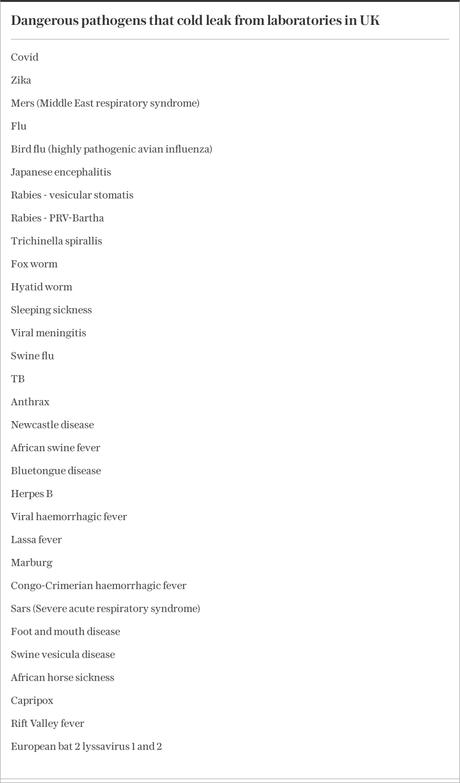
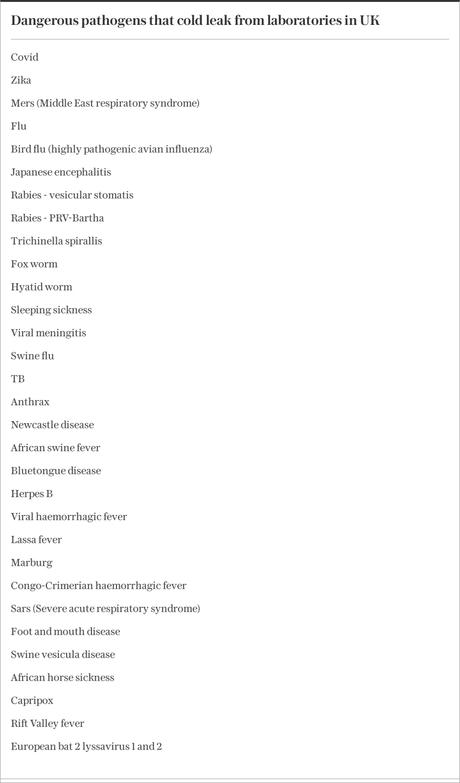
Experts have called for stricter regulations on laboratories both in Britain and abroad, warning that the next pandemic could be the result of a research-related incident, either accidental or deliberate.
The story continues
Colonel Hamish de Bretton Gordon, former commander of NATO's Chemical, Biological and Nuclear Forces, said: "The apparent laboratory leaks in this country alone show that we are all sitting on a ticking time bomb.
"It seems very likely that (Covid-19) was man-made, but probably also an accident in a laboratory, rather than intentional.
"The next pandemic will most likely be man-made, given the ease and unregulation of synthetic biology, and could kill millions of people."
Other accidents highlighted in Freedom of Information requests include bird flu leaking from a cracked sample tube at a Medicines Healthcare and Regulatory Agency (MHRA) laboratory in Hertfordshire.
A PHE laboratory was evacuated at Manchester Royal Infirmary after an accident involving a rack of agar plates containing Neisseria meningitidis, the bacteria responsible for life-threatening sepsis.
At a PHE laboratory in Bury St Edmunds, hepatitis C leaked onto a worker's hands, while at Queen Mary University of London, a worker was stung by a needle containing the Vaccinia virus, similar to smallpox.
Genetically modified mouse lost
There were also breaches of Covid laboratory protocol at the University of Liverpool, with the virus leaking from a poorly sealed packet of cotton swabs and infected cells being left in a disused laboratory.
British researchers also lost a genetically modified mouse, while a lab worker accidentally injected himself with a modified version of Trypanosoma cruzi, a microscopic parasite that causes Chagas disease.
There have also been at least 34 cases of exposure to Brucella bacteria in laboratories including University College London Hospital, the Royal London Hospital and Leicester Royal Infirmary in the past 15 years.
The Global Biolabs Report 2023 shows that Britain scores well in biosafety monitoring. However, a Chatham House report in December warned that despite stricter controls, laboratory accidents still occur regularly.
The Chatham House report identified infections by 51 pathogens in 309 individuals worldwide between 2000 and 2021, including 16 incidents of pathogens escaping from biocontainment facilities, most of which occurred in research and university laboratories.
'Potentially catastrophic consequences'
Commenting on The Telegraph's figures, Dr David Harper, co-author of the report and former chief scientist and director general for health improvement and protection at the UK Department of Health, said: "Accidental breaches of laboratory biocontainment could have potentially catastrophic to have consequences.
"The accidents reported today undoubtedly underestimate the true scale of the problem.
"Greater transparency, with better reporting, documentation and analysis, is urgently needed, along with better governance and oversight.
"There is an urgent need for a conversation about whether a global reporting standard should be developed and what verification or enforcement processes might be needed."
Last year, the HSE recorded 376 incidents involving the release or escape of biological agents across Britain, including outside laboratories, and 634 incidents involving the release or escape of substances that could cause harm.
Dr. Filippa Lentzos, co-director of the Center for Science and Security Studies at King's College London, said: "While laboratory leaks and accidents may have increased, some of this may be due to increased reporting of incidents.
"In terms of risks, what is more relevant than just the number of incidents is how many of them actually led to infection and/or disease. I suspect not much, and certainly not much spread beyond the specific lab worker involved in the incident.
"The global construction boom following the Covid-19 crisis in high-containment laboratories is not accompanied by an accompanying risk management policy."
The next pandemic could come from a laboratory
By Colonel Hamish de Bretton-GordonThe next pandemic will most likely be man-made, given the ease and unregulation of synthetic biology, and could kill millions of people.
But the only concern of the Covid inquiry seems to be to pass the buck, and this is generally a complete waste of money and time.
There hasn't been any thought put into how the pandemic started and how we can prevent the next one, which, given all the bad actors out there now, and those who want to do us harm, is a bit concerning.
The worst underhanded practices are on display in the Covid research, but we need to figure out how to prevent the next one, rather than just blame the last one.
Many mistakes were made by politicians who did not understand the science and did not have the breadth of experience or intellect to assess the advice given and act rationally on it.
I had a similar experience for years trying to explain to politicians that the use of chemical gas weapons in Syria was a crime against humanity and had to be stopped.
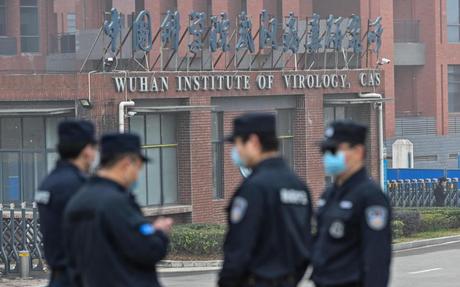
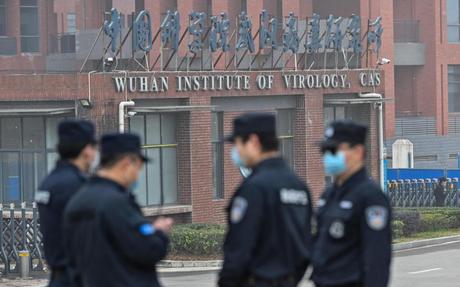
They could understand bombs and bullets, but for most 'insects and smells' they were beyond that, and so President Assad of Syria continued to murder his own people with gas.
Ten years later, Assad is still in power and was even invited to Cop28.
If we continue with the same ambivalence in preventing the next pandemic, we could face a decidedly worse disaster.
Nearly four years into the pandemic, we don't know how it started. It seems very likely that it was man-made, but probably also an accident in a laboratory, rather than intentional.
As an expert in biological counterterrorism, the process of ensuring this becomes less likely in the future is obvious and achievable, so it is an unfathomable frustration that this is happening now.
The apparent lab leaks in this country alone show that we are all sitting on a ticking time bomb!
First, we need to regulate and control laboratories like Wuhan, which are currently doing whatever they want, without external control.
There are about 4,000 labs and a million scientists who could manipulate the genome to create a devastating pathogen, and right now no one is looking at it closely.
If the UN Biological and Toxin Weapons Convention were properly funded and supported, this is exactly what it should do.
Secondly, we now have the technology, developed in the North East of England, to track pathogens moving across this country and around the world in near real time.
This would provide actionable information, which the study found was apparently so lacking, so that they could make effective decisions to contain a future outbreak.
Frankly, if we don't better prepare for the next pandemic, all the "energy" spent on solving climate change, illegal immigration, and the cost of living crisis could be woefully irrelevant.
As in Terry Hayes' brilliant novel I Am Pilgrim, one bad actor could synthetically develop a highly toxic and transmissible pathogen that could kill millions of people.
The fiction of this book from 10 years ago is the reality of today.
Colonel Hamish de Bretton-Gordon is an experienced British army officer and former commander of the British Joint Chemical, Biological, Radiological and Nuclear Regiment and NATO's Rapid Reaction CBRN Battalion